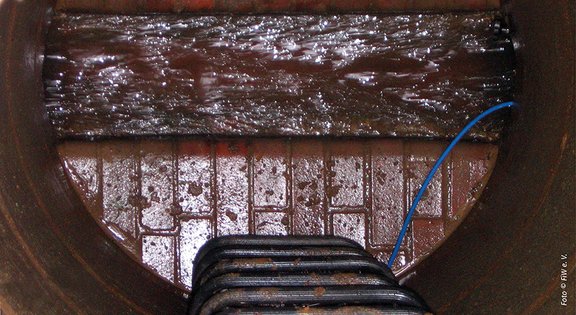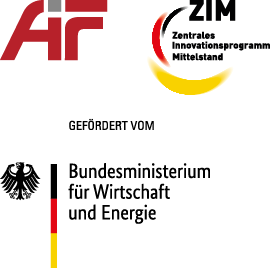SewerScan - digital recording of sewers
Development of a prototype for resource-saving high-pressure flushing for the cleaning of sewers
For decades, the regular cleaning of sewers has been considered one of the most important tasks in the operation of urban sewer systems. It ensures drainage comfort, e.g. by preventing unpleasant smells and blockages, but also contributes significantly to maintaining the value of the networks, e.g. by reducing signs of corrosion.
High-pressure flushing (HP flushing) has proven to be the standard method for cleaning sewers worldwide. The main elements of such a high-pressure flushing method are the actual flushing or high-pressure nozzles, which are operated with a flushing water input of usually 300 to 500 l/min at a high pressure of 60 to 120 bar.
The overall concept for sewer cleaning includes a controllable high-pressure cleaning nozzle, the development of an integrated sensor for deposit determination, as well as a measured value recording system including the associated data evaluations. The concept represents an alternative to conventional sewer cleaning by means of high-pressure flushing and enables, among other things, the integration of the recorded data into an operational management system, so that it is possible to create a demand-oriented flushing plan.
Aim and outlook
The aim of the project is the construction of a sensor prototype that enables the detection, determination and measurement of deposits in a sewer pipe. For this purpose, modern measuring sensors will be tested, the boundary conditions will be researched and, in the end, these research results will be combined in a prototype.
This prototype will be designed in a way that ensures modular adaptability to an existing sewer inspection system after the project has been completed successfully.






